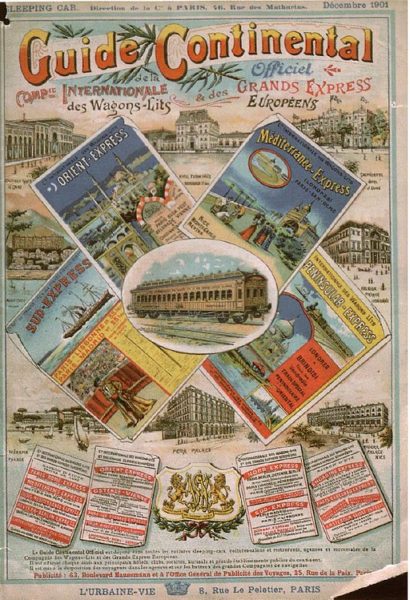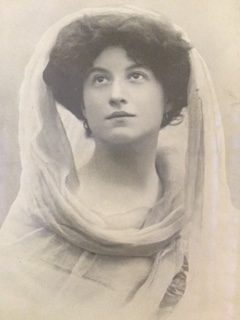Fascinating Ports of Call in the Novel SISTERS OF CASTLE LEOD

I love books that transport me to another time and place. Even better if they allow me to travel with the characters to a variety of places, some familiar and some not. When I began writing my new historical novel, SISTERS OF CASTLE LEOD (publisher Black Rose Writing, January 19, 2023), I knew there would be opportunities to travel in style with my leading character and the book’s narrator, Sibell Mackenzie, 3rd Countess of Cromartie.

There are several different geographical settings in this work of biographical fiction: the Scottish Highlands, London, Venice, New York City, Constantinople (now Istanbul), and the ancient Phoenician port of Tyre along the Mediterranean coast of modern-day Lebanon. I have personally visited all these locales except for Istanbul and Tyre. In this instance, there was no way to avoid the need for a bit of armchair research. In my novel, it is important that the young countess journeys to Tyre, both in search of her past and the future she so desperately desires.
To understand Sibell’s journey, one must know a little bit about her. Inheriting her father’s titles and estates in 1895, at the age of seventeen, she has the rare distinction of being a peeress in her own right (titled by inheritance, not marriage) and also one of the richest landowners in Scotland. A quiet, bookish young woman, she soon will achieve fame as an author of mystical romance novels and become well-known as a spiritualist and a believer in reincarnation. All this, as well as her public claim of having a Phoenician spirit guide, is important to both the factual and fictional elements of the novel.

While most of the characters in SISTERS OF CASTLE LEOD are inspired by real people, one of the purely imagined characters is the young Arab who convinces Sibell that they were lovers in a past life—in Tyre, just before the brutal invasion of Alexander the Great in 332 BC. Though at first reluctant to believe him, Sibell eventually finds herself drawn to the historic city where, to her surprise, the site of an ancient ruin stirs what seem to be vague memories of the past. No, my book is not a time-travel romance! But Sibell often has brief flashes of an Unseen World that are key to her view of life, death, and destiny.
I loved researching the history of the Phoenicians and especially Tyre. One of the fascinating facts I discovered was that, in addition to being an important port city for Phoenician merchant vessels, Tyre was famous for its production of a rich purple dye made from snail shells. The downside to this flourishing enterprise was that collecting snails by the thousands and leaving them to decompose in huge vats created an awful stench. But these special dyes were highly prized and very expensive. Eventually, Tyrian purple became an official imperial color, and its use was restricted accordingly

When Sibell finally arrives in Tyre—after 80 hours of travel from Paris to Constantinople on the Orient Express, four days on a ship from Constantinople to Beirut, and two days of a bumpy carriage ride along the Mediterranean coast, escorted by armed guards—her first reaction is disappointment. There is little evidence of the Phoenicians. Most of what she can see from the main road into the city are relics of the Roman era—the towering stone arch and double colonnade of green-veined marble columns, and the remains of a hippodrome that once held twenty thousand spectators. Looking out across the water, she sees the land bridge connecting the mainland to the former island port, an enduring reminder of Alexander’s seven-month siege, and she is overcome with sadness for Tyre’s citizens, most of whom were killed or forced into slavery. But there is more awaiting Sibell in Tyre. She is soon to discover who she really is and make one of the most difficult decisions of her life.
The ancient city of Tyre plays a unique role in a novel that is a blend of historical biography and fiction. Told from Sibell’s point of view, the story could not be without a judicious touch of the supernatural. Sibell’s experiences of the Unseen World and her questioning of reality are part of what separates her from the world at large and especially from her sister Constance. The Mackenzie sisters are complete opposites in looks, talents, and temperament. But there is more to the conflict between them than these observable differences. SISTERS OF CASTLE LEOD is a story of two sisters torn apart by jealousy and superstition, and Sibell’s journey to discover the impossible leap of faith that might finally bring them together.
Portions of this article appeared first in the author’s guest post on DeborahSwift.com.

